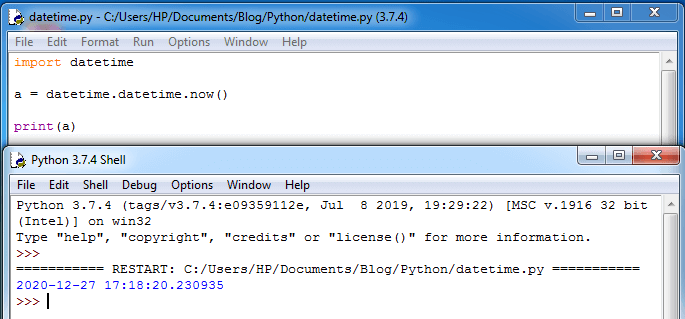

The authors are arranged in descending order according to the number of appearances of their names.The authors are sorted according to their names and the number of times each name appears is counted.Project the authors in each article document.Assuming that each article is saved as a document in MongoDB, you can create a pipeline in the following steps. These components include filtering, projecting, grouping, sorting, limiting and skipping.įor example, if you have a collection of magazine articles, you may want to find the author who publishes the most articles. Basically, you can create a pipeline with multiple components to process a series of documents. Several simple aggregation commands: count, distinct, and group.ĭocuments in a collection can be transformed and combined using an aggregation framework.This chapter describes the aggregation tools provided by MongoDB: If you have data stored in MongoDB, you may want to do more than just extract it you may want to analyze it and use it. Next article: MongoDB Guide – 17, MapReduce Let's add those to our group so we can get a single picture of the entire month:Ĭombined with the $match statement it looks like the following: > db.transactions.Last article: MongoDB Guide – 15, Special Index and Collection: Geospatial Index, Using GridFS to Store Files Some other helpful monthly metrics we might want are the average price of each transaction, and the minimum and maximum transaction in the month. Let's start by using our customers entity from the previous article on validations:

Getting an aggregation pipeline started is a simple affair: simply call the aggregate function on any collection. Finally, we'll demonstrate how to use those transformations to extract insights from our data. In particular, we'll take a look at how to create basic data transformations using aggregations, and then explore how to create more complex queries by chaining multiple transformations together. Aggregations are a set of functions that allow you to manipulate the data being returned from a MongoDB query, and in this article, we'll explore MongoDB aggregations by demonstrating a few. When it's time to gather metrics from MongoDB, there's no better tool than MongoDB aggregations. The first half of this series covered MongoDB Validations by Example. In this second half of MongoDB by Example, we'll explore the MongoDB aggregation pipeline.

Aggregations in MongoDB by Example mongodb metrics aggregation Free 30 Day Trial


 0 kommentar(er)
0 kommentar(er)
